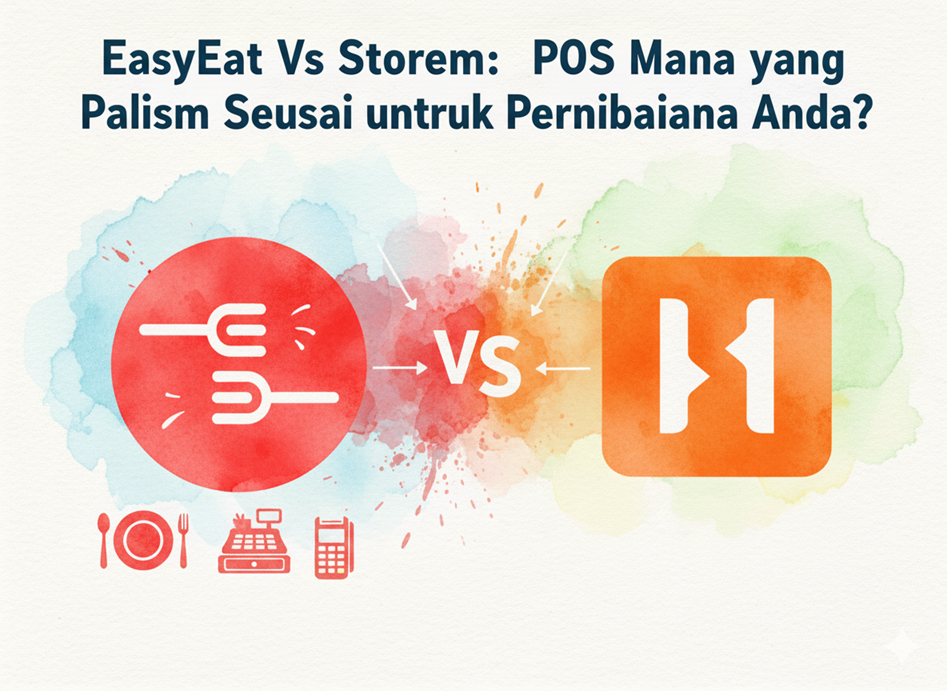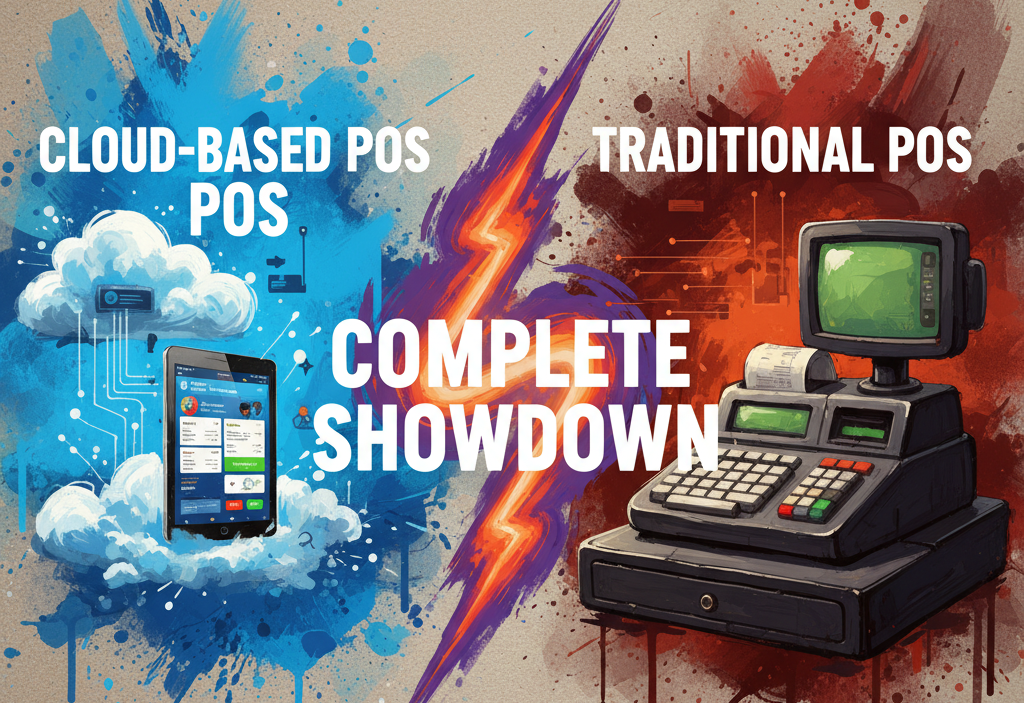One powerful yet often overlooked strategy is building partnerships with other local businesses. Local partnerships can give your restaurant an edge by increasing visibility, improving community ties, and boosting overall sales. Let’s dive into how you can use local partnerships effectively to grow your restaurant business.
What Is the Meaning of a Local Partnership?
A local partnership means collaborating with businesses in your area to achieve a common goal. In this case, the goal is to bring more customers to your restaurant. Local partnerships aren’t just about exchanging services or goods; they’re about creating value for both businesses. When you team up with a nearby business, you’re promoting each other and building a stronger community. Think of it as a “you scratch my back, I scratch yours” strategy.
Why Are Local Partnerships Important?
Local partnerships can benefit you in ways that traditional marketing can’t. Here’s how:
- Increased Exposure: By partnering with another local business, you’re introducing your restaurant to their customers. This opens up new channels for you to attract diners.
- Cost-Effective Marketing: Partnerships allow you to share resources and marketing costs. This approach helps you reach more people without overspending.
- Stronger Community Ties: Supporting each other strengthens the local economy and enhances community relationships. People love supporting businesses that care about their community.
- Improved Reputation: Partnering with well-regarded businesses can improve your restaurant’s credibility.
Research shows that 82% of consumers are more likely to support businesses involved in their community, according to a study by Cone Communications. This shows that local partnerships can create a win-win scenario for both your restaurant and your partner’s business.
How to Create Partnerships with Local Businesses
Creating partnerships with local businesses isn’t complicated, but it requires some planning and effort. Here are some steps to guide you:
1. Identify Potential Partners
Look for businesses that share a similar target audience but aren’t direct competitors. Here are some examples:
- Local Cafés or Bakeries: If you’re a restaurant with a large dinner crowd, teaming up with a breakfast spot can help both businesses fill in slow hours.
- Fitness Centers or Gyms: Health-conscious diners may appreciate a restaurant that offers nutritious meal options. Gym-goers could be interested in a post-workout meal at your restaurant.
- Retail Stores: Partner with local clothing stores, bookstores, or gift shops to create cross-promotional opportunities.
Research which businesses are active in your area. Pay attention to the ones with a loyal customer base or a good social media following, as this can amplify your reach.
2. Build a Mutual Promotion Plan
Once you’ve identified a potential partner, discuss how you can promote each other. Here are a few ways to do it:
- Cross-Promotions: For example, you could offer customers a discount at the partnering business if they dine at your restaurant and vice versa.
- Social Media Shoutouts: You and your partner can post about each other on social media, using tags and hashtags to increase visibility.
- Event Collaborations: Hosting events together, like tastings or pop-ups, is a great way to attract a larger audience. Statistics show that around 67% of consumers say they attend events to support local businesses.
3. Host Collaborative Events
Events are an excellent way to draw attention to your restaurant and partner business. Here are some ideas:
- Pop-Up Events: Host a pop-up dinner at your partner’s store, or invite them to set up a booth at your restaurant. This can attract a diverse crowd and introduce your business to new customers.
- Seasonal or Holiday Events: Collaborate on special events for holidays like Valentine’s Day, Thanksgiving, or the holiday season. You could offer special menu items, co-branded discounts, or festive decorations that tie into both brands.
- Tasting Events: If you’re a restaurant that serves wine, collaborate with a local winery for a wine-tasting night. This can introduce wine enthusiasts to your food offerings and vice versa.
Events can be a huge traffic booster. Studies show that people spend 20% more on average during special events than during regular visits. Not only does this improve your bottom line, but it also leaves a memorable experience for your customers.
4. Share Each Other’s Online Presence
Digital marketing is key to expanding your reach. When you partner with a local business, promote each other on your social media, email newsletters, and websites. Here’s how:
- Social Media Takeovers: You and your partner could take over each other’s social media accounts for a day. This can be a fun way to interact with each other’s followers and promote your partnership.
- Joint Giveaways: People love free stuff. Partnering for a giveaway can attract a lot of attention. For example, offer a prize that includes a gift card for your restaurant and the partner’s store.
- Email Marketing: Feature each other in your newsletters. Since email marketing has an average return on investment (ROI) of $36 for every $1 spent, this can be an effective way to spread the word to a relevant audience.
These strategies help extend your reach and build excitement around your brand, often at a minimal cost.
5. Engage with Community Groups and Local Influencers
Local partnerships aren’t limited to just businesses. Collaborating with community groups or influencers can create positive word-of-mouth. For example:
- Schools or Sports Teams: Offer to sponsor a local sports team or support a school fundraiser. Many parents will appreciate the gesture and may consider visiting your restaurant after games or events.
- Local Bloggers or Influencers: Partner with local influencers who have a strong presence in the area. Influencer marketing can yield a high return, with businesses seeing $5.20 on average for every dollar spent. This can bring significant exposure to your restaurant.
- Charities and Non-Profits: Consider organizing a charity night at your restaurant, where a percentage of sales goes to a local cause. This not only attracts customers but also gives your restaurant a positive image.
Benefits of Local Partnerships for Your Restaurant
By now, it’s clear that local partnerships can provide substantial advantages. Here’s a quick recap of the benefits:
- Boosts Brand Awareness: Your restaurant gains exposure by being promoted by other businesses, helping you reach potential customers who may not have found you otherwise.
- Increases Customer Loyalty: Customers appreciate businesses that collaborate to support the community, making them more likely to return.
- Lowering Marketing Costs: Sharing marketing efforts reduces expenses, allowing you to focus your budget on other initiatives.
- Creates a Positive Community Image: When you actively engage with local businesses and organizations, people view your restaurant as a community asset.
Statistics support this approach. For instance, small businesses see a 20-25% revenue increase on average after implementing community-based marketing strategies. This is a powerful reminder of the impact that partnerships can have on your growth.
Measuring the Success of Your Local Partnerships
To make sure your partnerships are delivering results, it’s essential to track their performance. Here are some metrics to keep an eye on:
- Customer Feedback: Encourage customers to mention how they heard about you. If they reference your partner’s business, you know the partnership is working.
- Sales Increases During Events: Track sales before, during, and after collaborative events to assess if they’re driving revenue.
- Social Media Engagement: Monitor likes, shares, comments, and new followers that come from joint social media efforts.
This data will help you understand which partnerships are working best, allowing you to adjust and optimize as needed.
Creating partnerships with local businesses can transform how you market your restaurant. Whether through cross-promotions, events, or shared digital spaces, these collaborations give you access to a broader audience while deepening your connection to the community.
Remember, local partnerships are about more than just promotion; they build lasting relationships. Start small by contacting a few businesses that align with your brand. Test different strategies, keep track of your results, and don’t be afraid to get creative.
Building strong community ties and growing your customer base is a journey. With the right local partnerships, you’ll increase your sales and build a restaurant that’s loved by the community.




